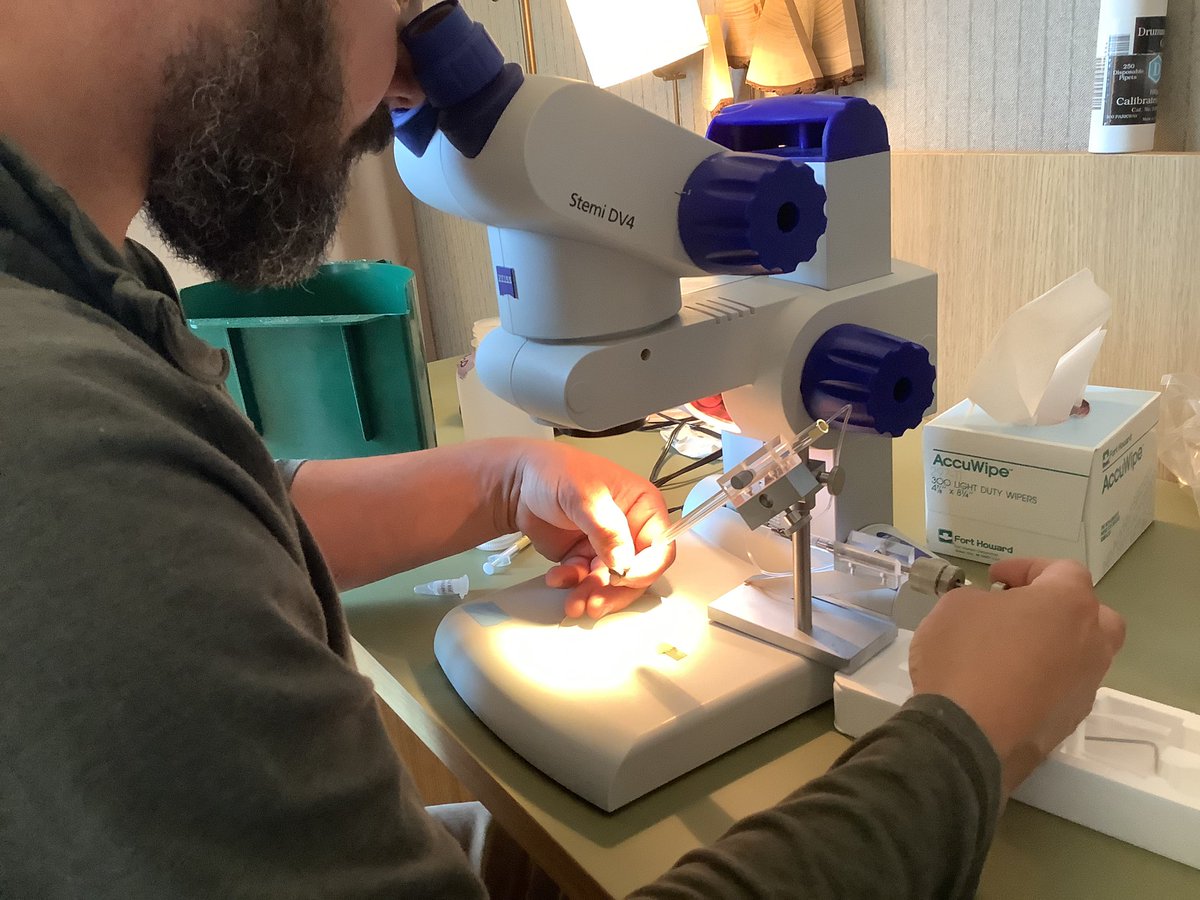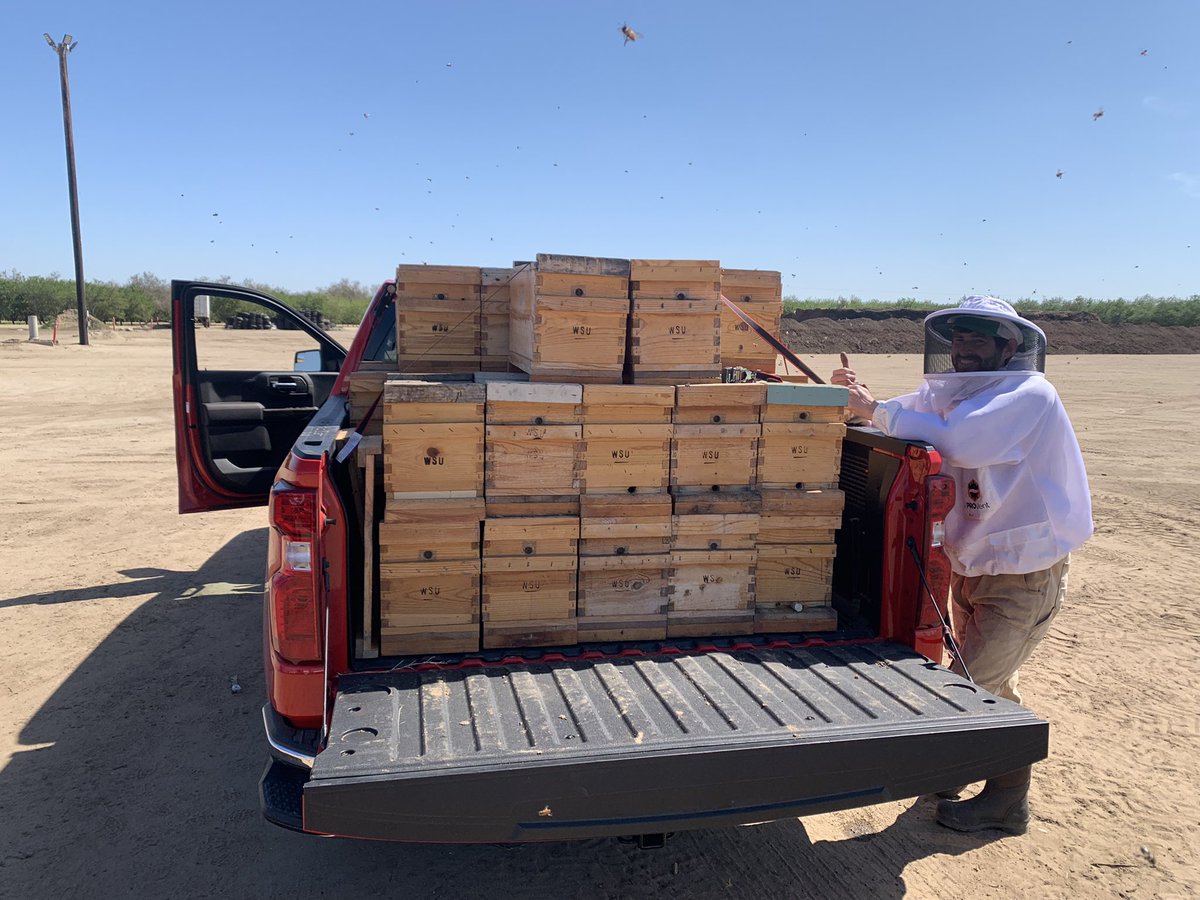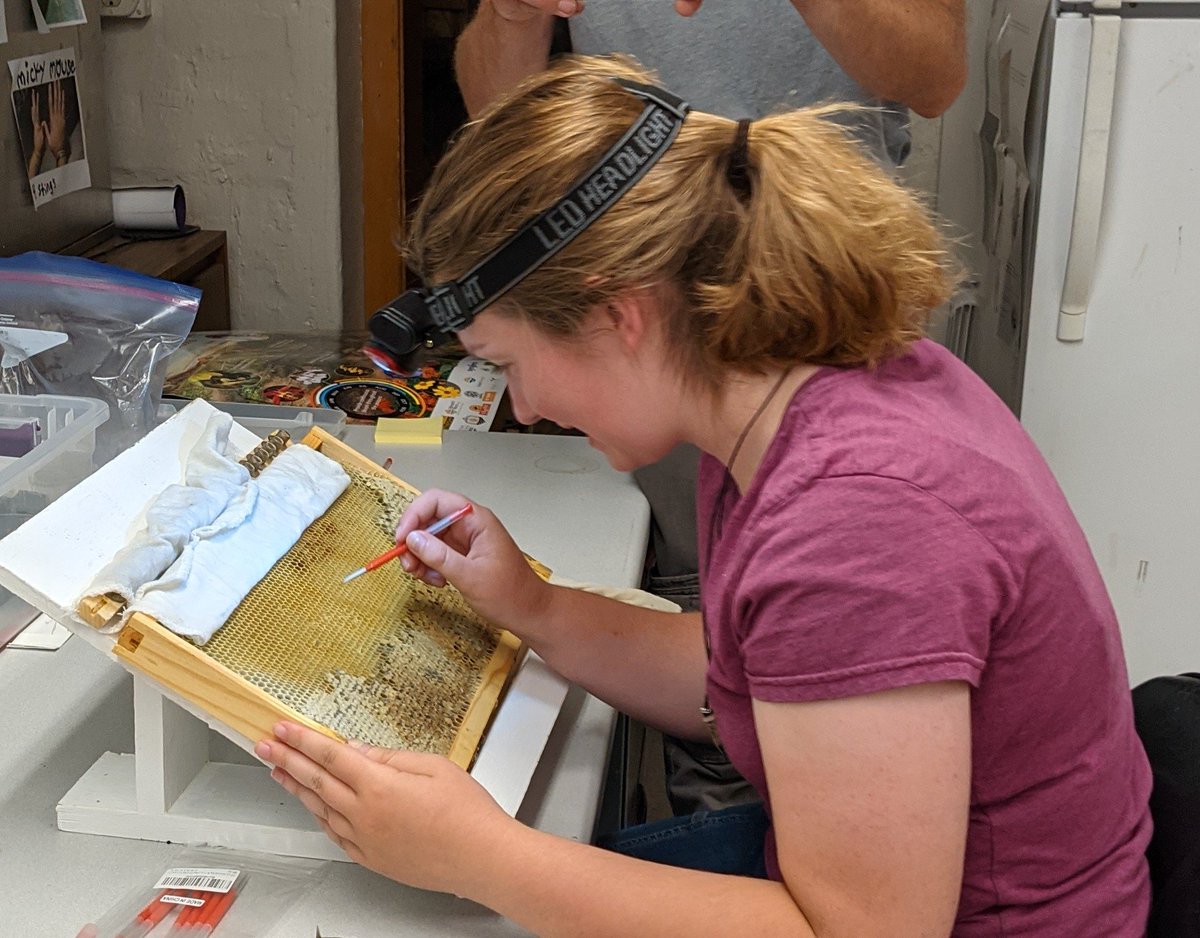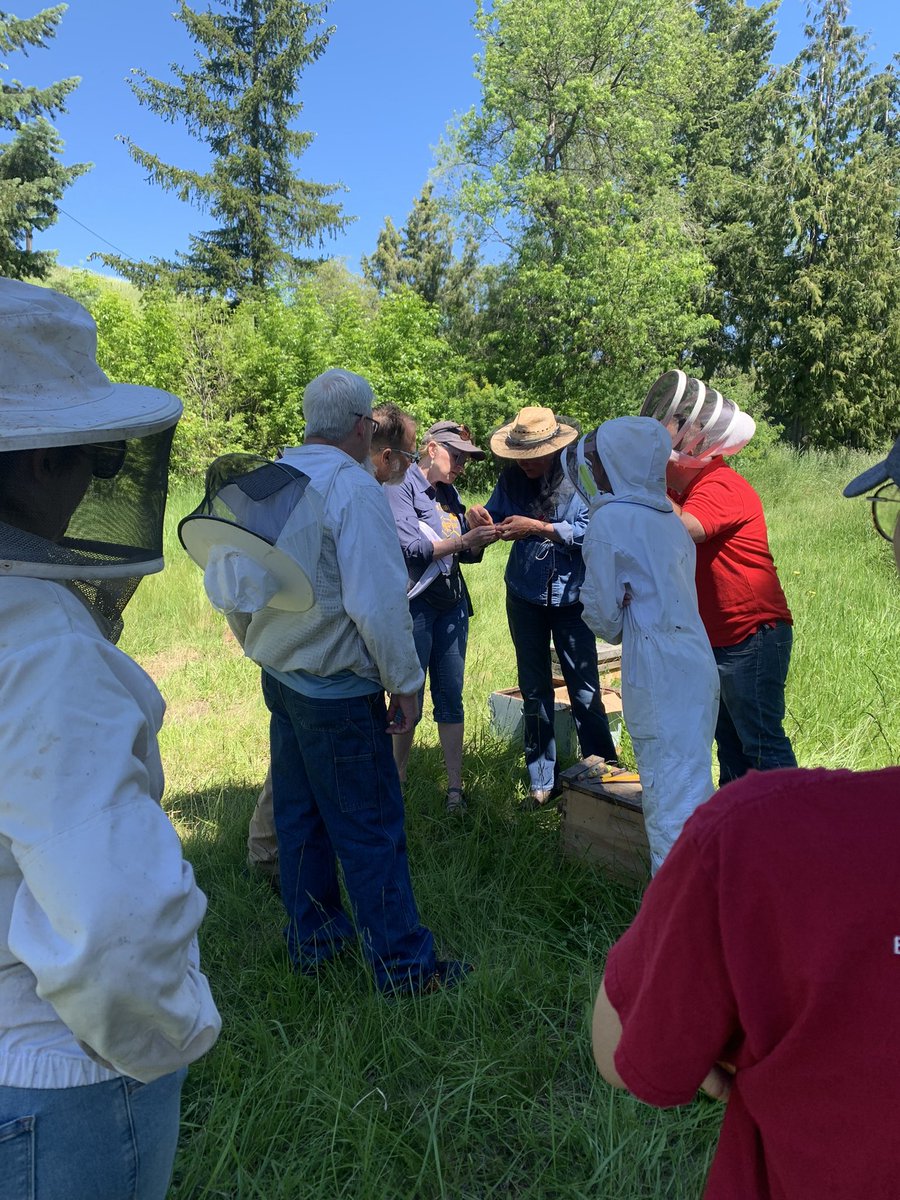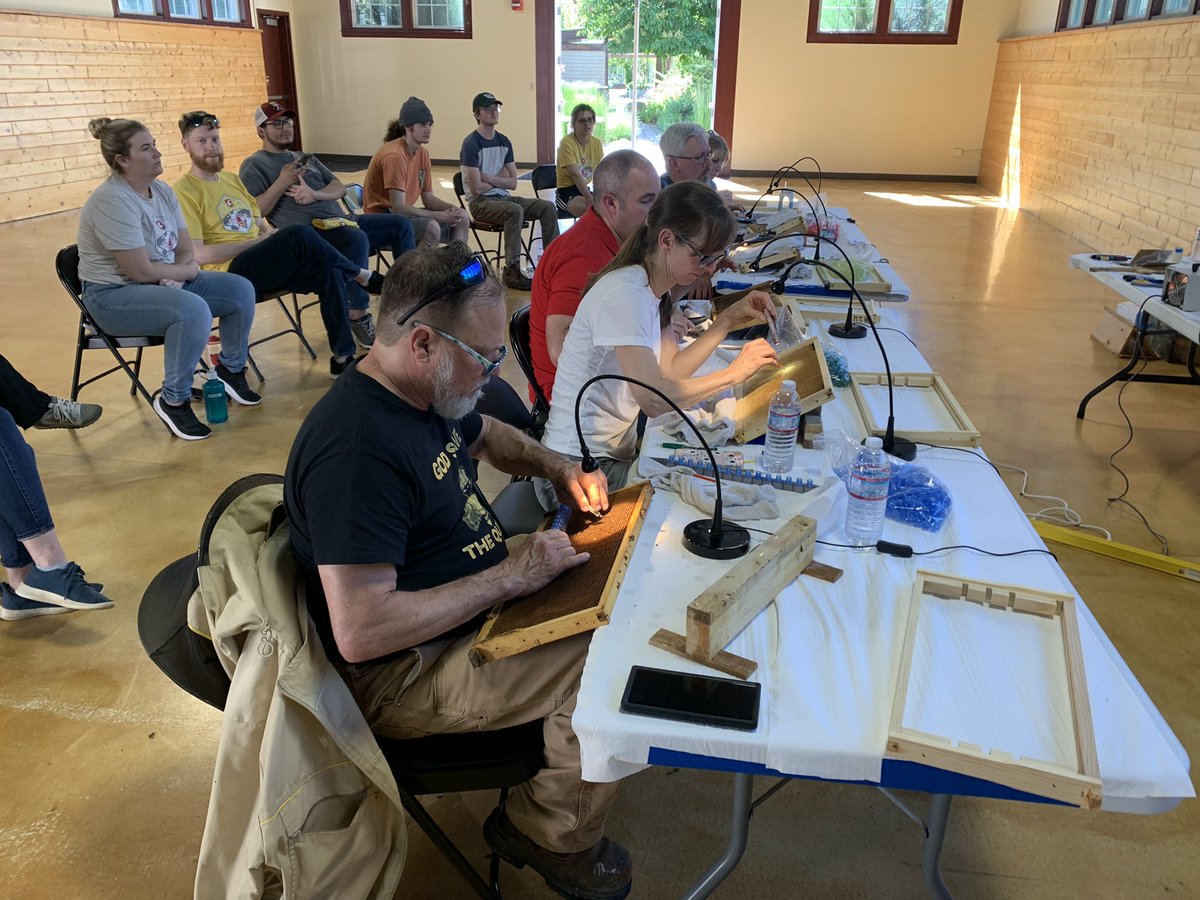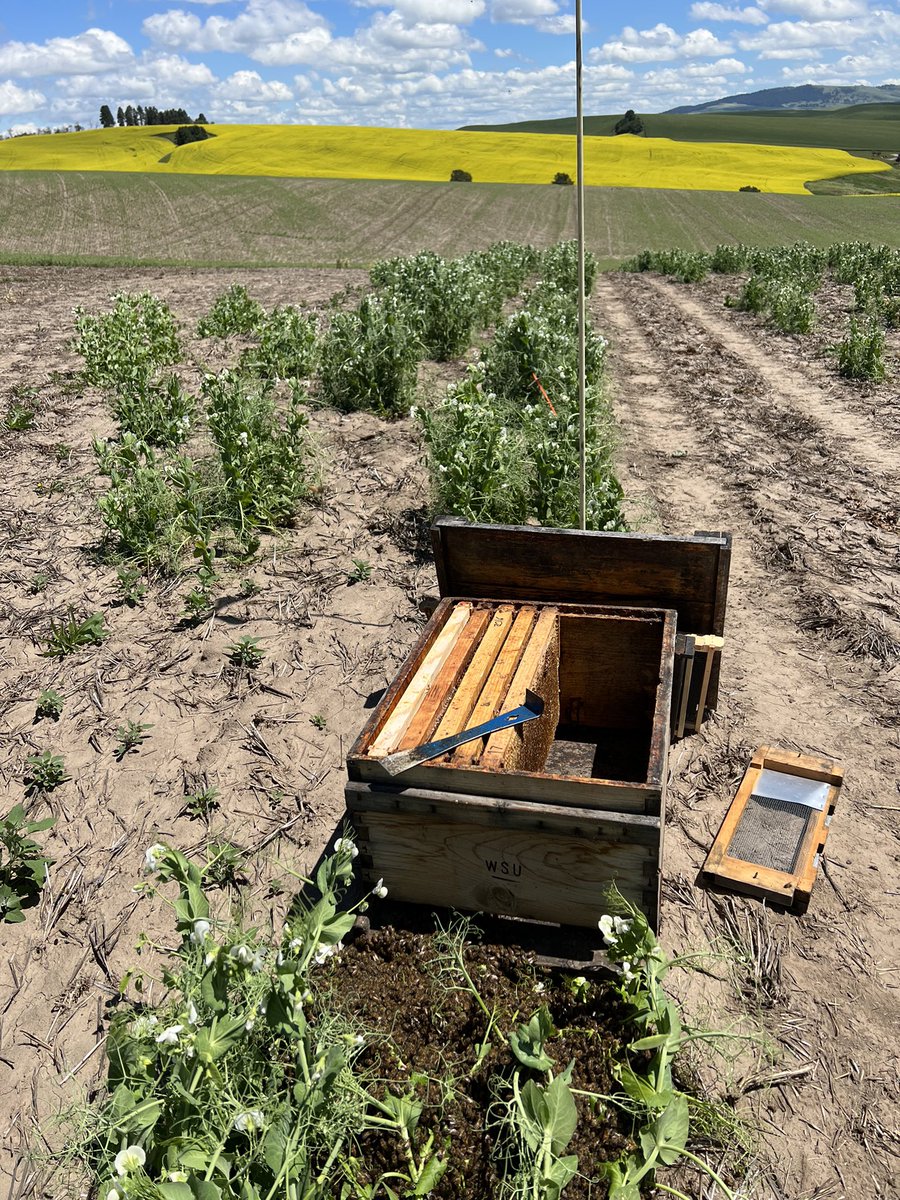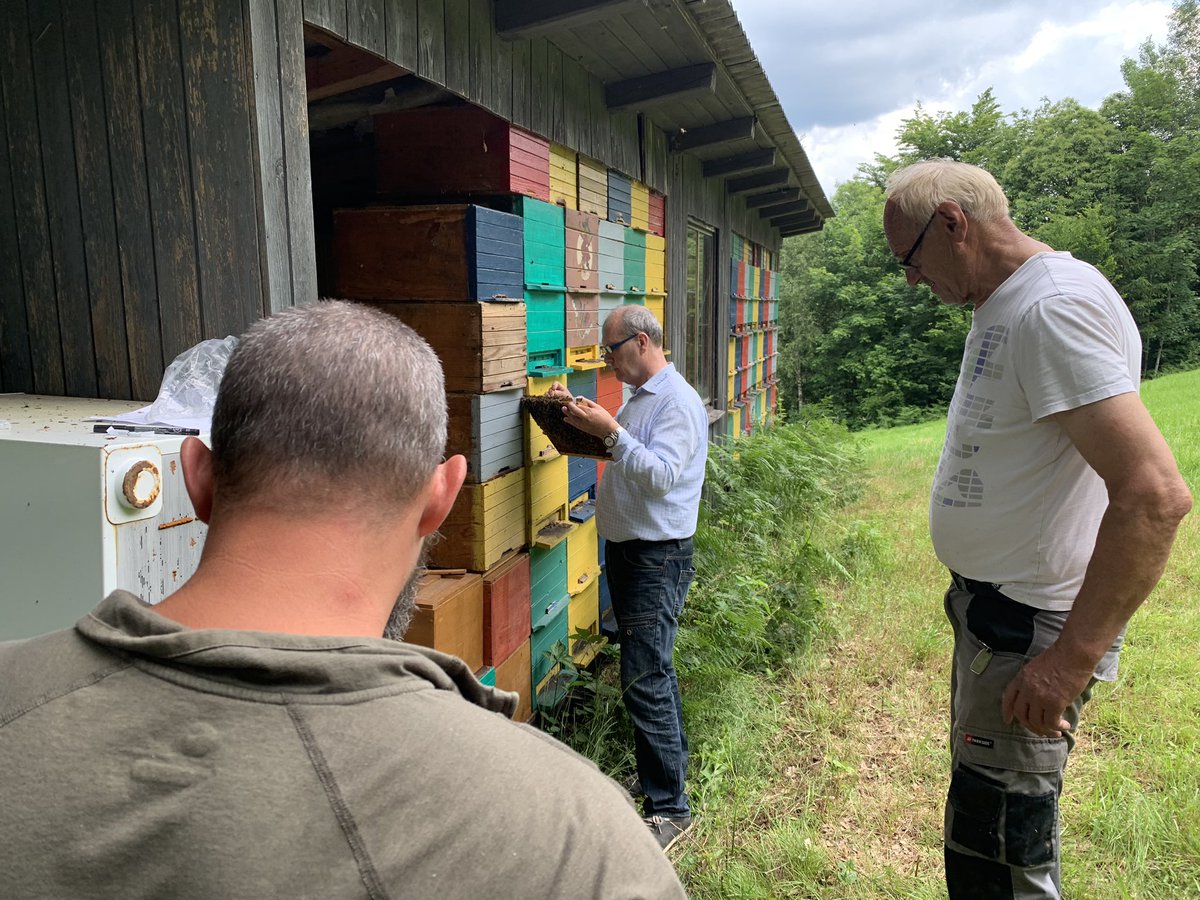
WSU Bee Research
@wsubees
ID: 728717350082465793
06-05-2016 22:45:29
168 Tweet
368 Followers
32 Following



After being moved to an isolated site in the Sierra Nevada foothills, a queen cell is installed into each mating “nuc”. Virgin queens will emerge from the cells and mate in this location. Queen producer Jon Jacob supplied the cells from WSU breeding stock. WSU Entomology


Collections Manager Wanted!!! We're hiring at Washington State University WSU CAHNRS. Come to WSU Entomology and play a role in shaping one of the largest insect collections in the Pacific Northwest US. museum.entomology.wsu.edu * wsu.wd5.myworkdayjobs.com/en-US/WSU_Jobs… * Please spread the word
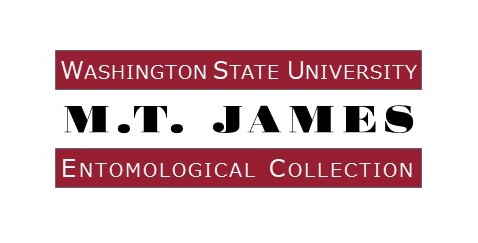

We are searching for an apiary manager to join the WSU Bee Program in Pullman, WA. Come join team. WSU CAHNRS WSU Entomology wsu.wd5.myworkdayjobs.com/en-US/WSU_Jobs…
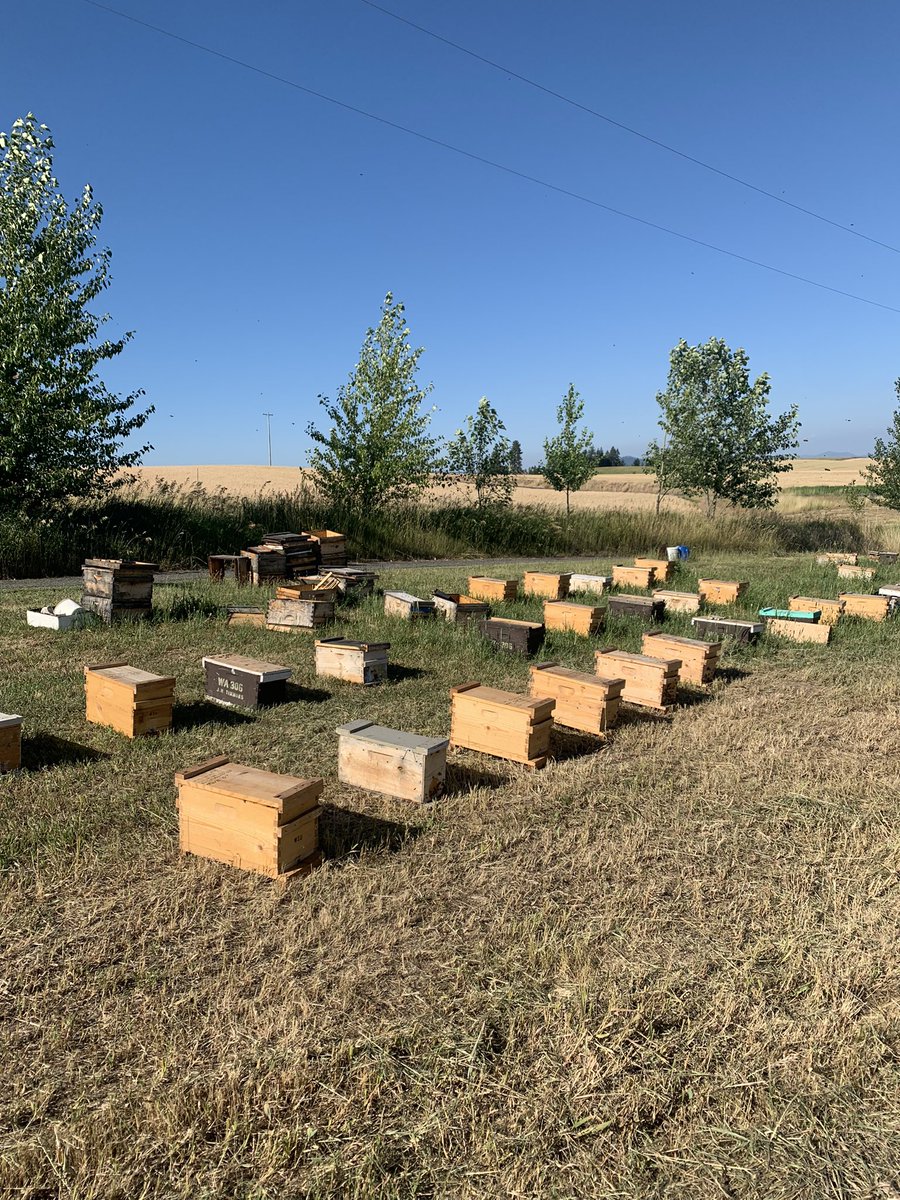

Entomology graduate students Riley Reed and Adam Ware prepare to shake a swarm of honey bees from a branch into a hive. The swarm will be relocated to a university apiary. WSU Bee Research WSU Entomology
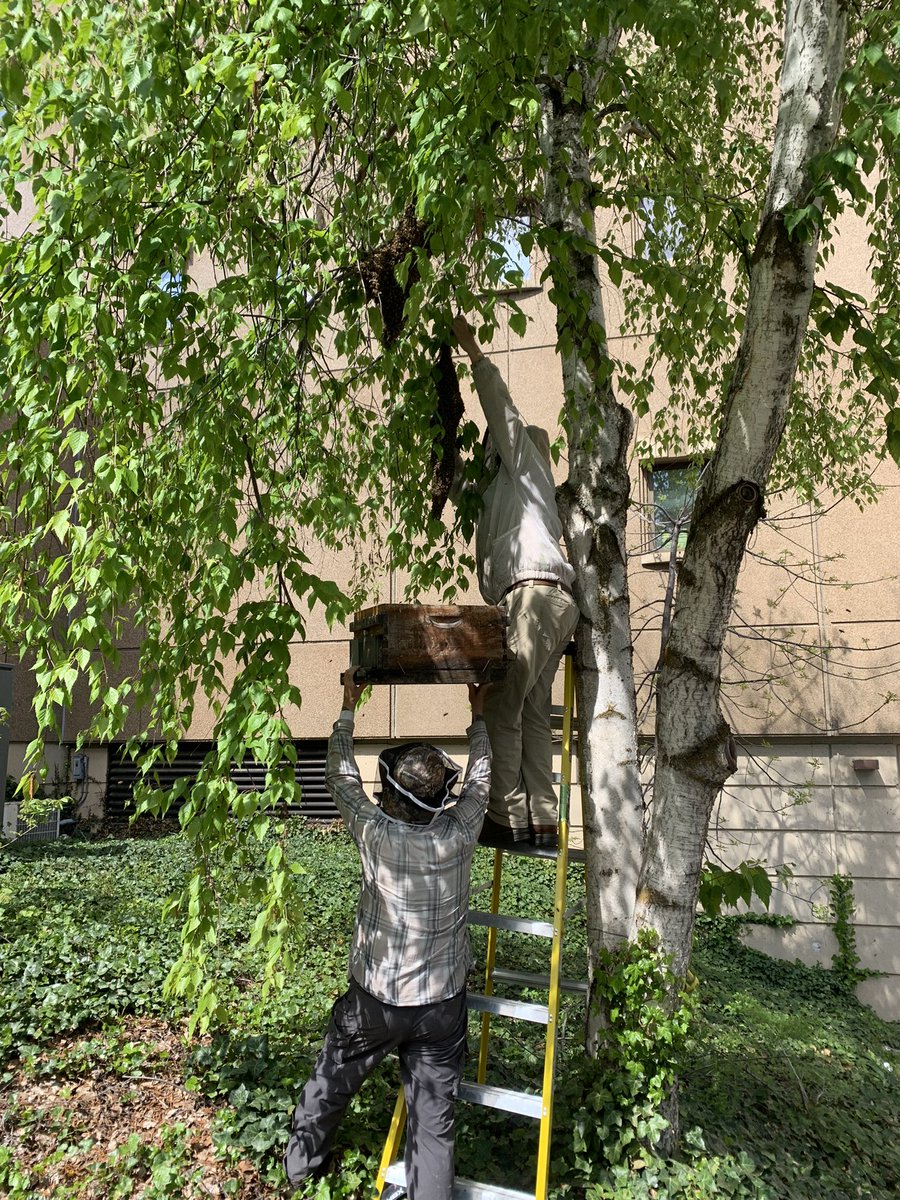
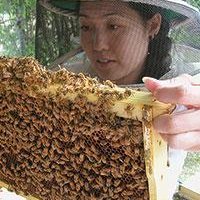





Congratulations to WSU Entomology Professor & WA Stormwater Center Director John Stark for his election as an ESA Fellow!

Headed to the JamborBee WSU Bee Research WSU Entomology to get set up! Come join the Washington State Beekeepers Association annual meeting that starts tomorrow Oct 5 in Othello, WA!
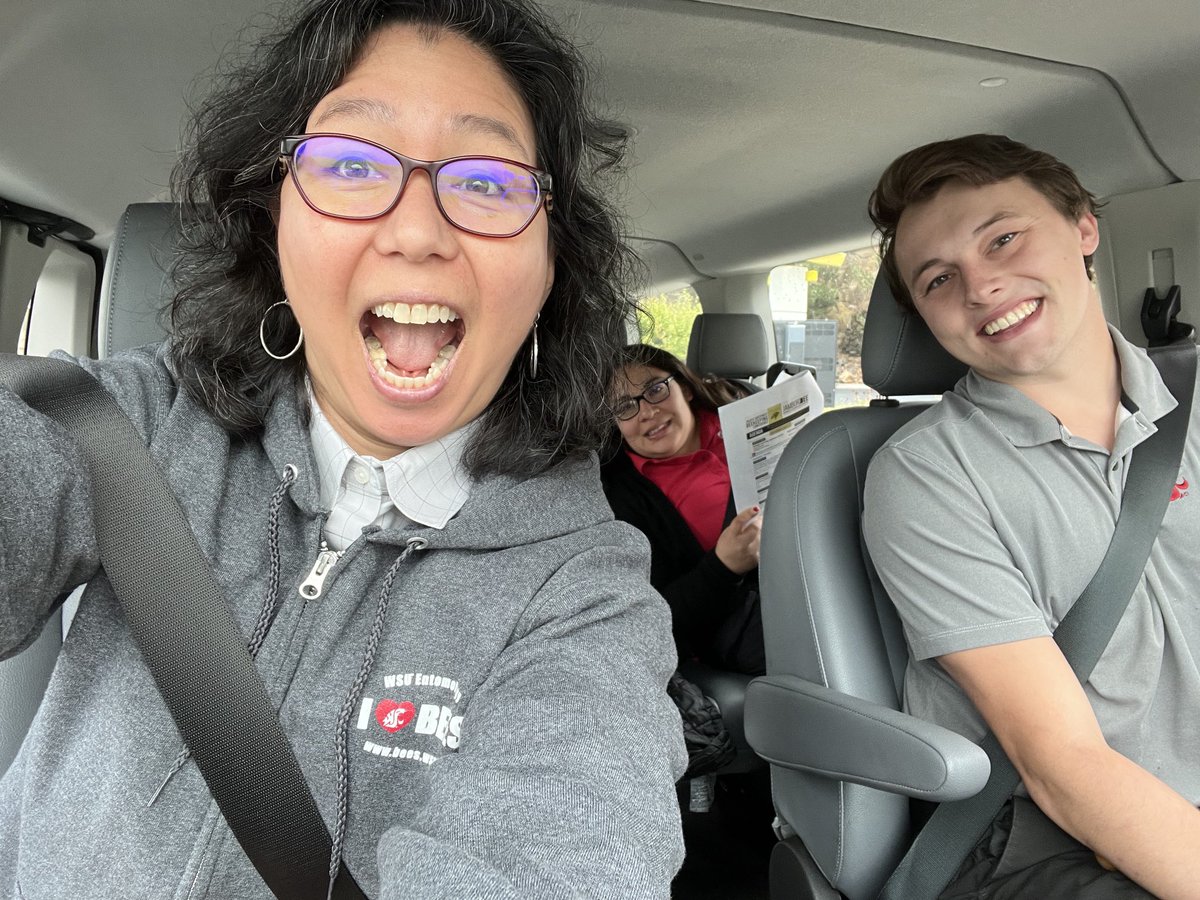

Honey bee scientists WSU Entomology are studying the impacts of fungi to help them fight off the affects of Varroa destructor mites, which have caused a huge amount of damage. Cool overview of WSU Bee Research work by Washington State Magazine. #SaveTheBees #GoCougs magazine.wsu.edu/2022/10/31/its…

WSU grad students and bee team members verifying queen acceptance in new colonies recently started from “package bees” in Pullman, WA. Each package contained a caged queen and around 12,000 worker bees. WSU Entomology WSU CAHNRS
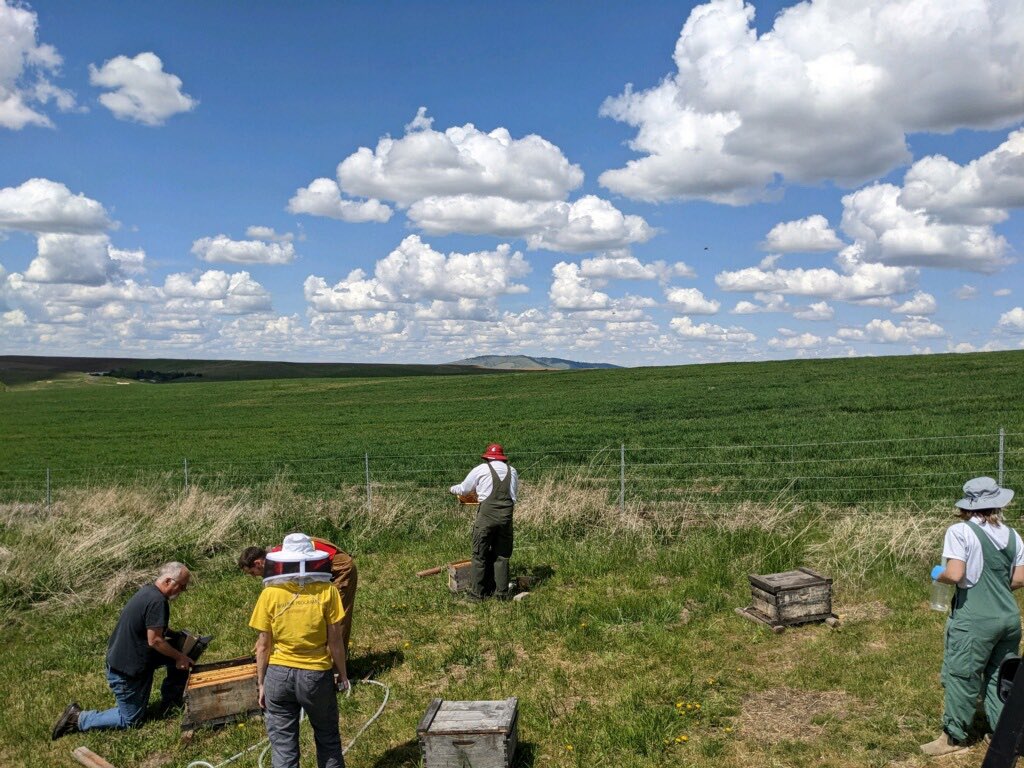

Dr. Saumik Basu and beekeeping assistant Molly Quade place a bag of WSU-selected fungus into beehives near Moscow ID. This research will evaluate the ability of the fungus to control infestations of the honey bee parasitic mite, “Varroa destructor”. WSU CAHNRS WSU Entomology


Dr Brandon Hopkins collects semen from Carniolan honey bee drones. Most of the collected semen will be cryopreserved in liquid nitrogen and placed in the WSU Honey Bee Germplasm Repository for later breeding program use via instrumental insemination. WSU CAHNRS WSU Entomology
